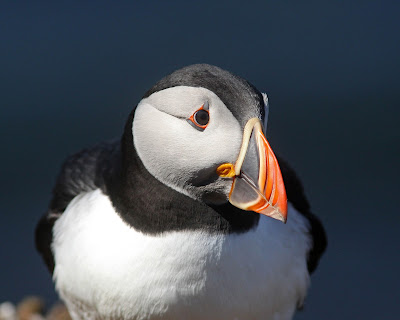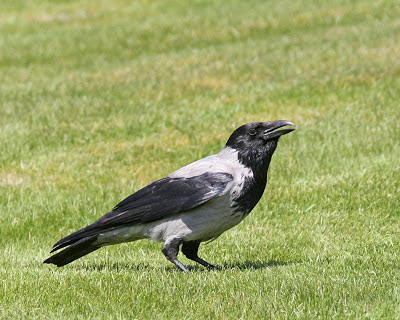Tuesday was a full day on the small island of Iona, located off the south west tip of Mull. Sunny and actually hot on this day!
After the five-minute ferry over to Iona, we explored the key areas of the island. The best birds located were 13 Corncrakes, mostly within the community of Iona itself. The vegetation should be much higher this time of the year, but the advantage for us was that the Corncrakes were relatively easy to locate and with patience it was possible to see some of them too. Clearly some were still sorting out their territories and were chasing each other both on the ground and in flight.
A Great Skua flew over a couple of times and a colony of Arctic Terns were showing well as they fished the surf at the north end. Like Mull, sea-birds were very much in evidence and many of the land-birds were similar (apart from Rooks and Jackdaws which seem to be mostly absent from Mull).
On arrival back to our temporary home (very late again but still daylight), a pair of White-tailed Eagles showed well on the opposite side of the valley where they have rapidly consumed a sheep carcass during the last three days.
Eleanor and Neil
 |
| Greylag Goose |
 |
| Arctic Tern |
 |
| Oystercatcher |
 |
| Starling (they are still singing up here!) |
 |
| Common Sandpiper |
 |
| Corncrake |


































